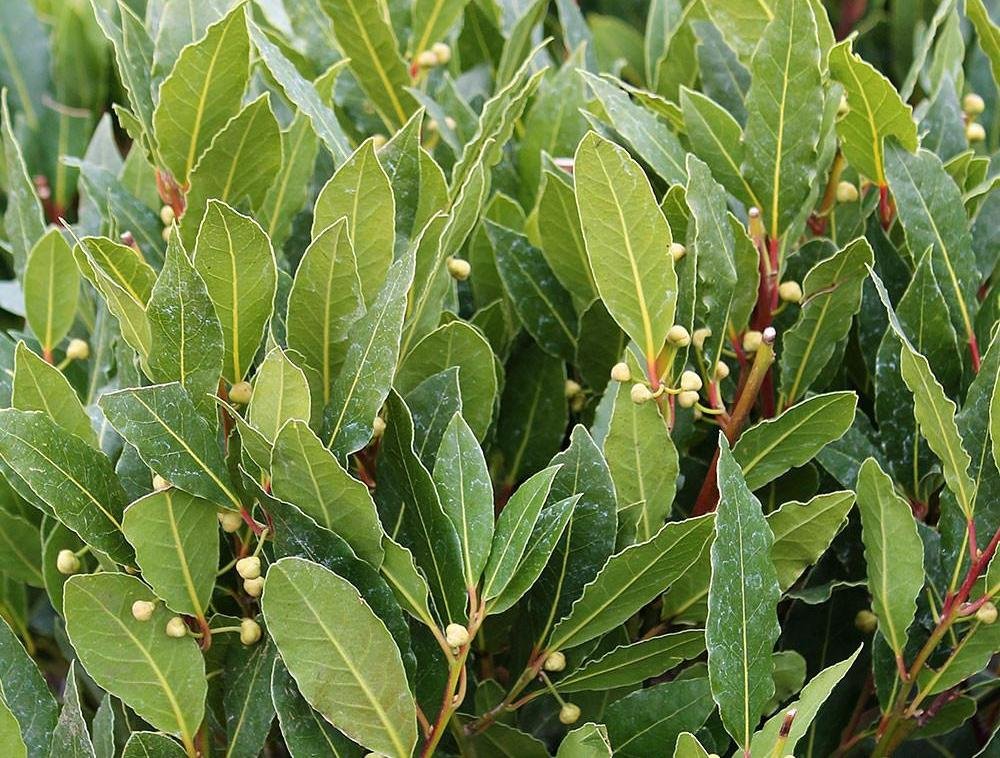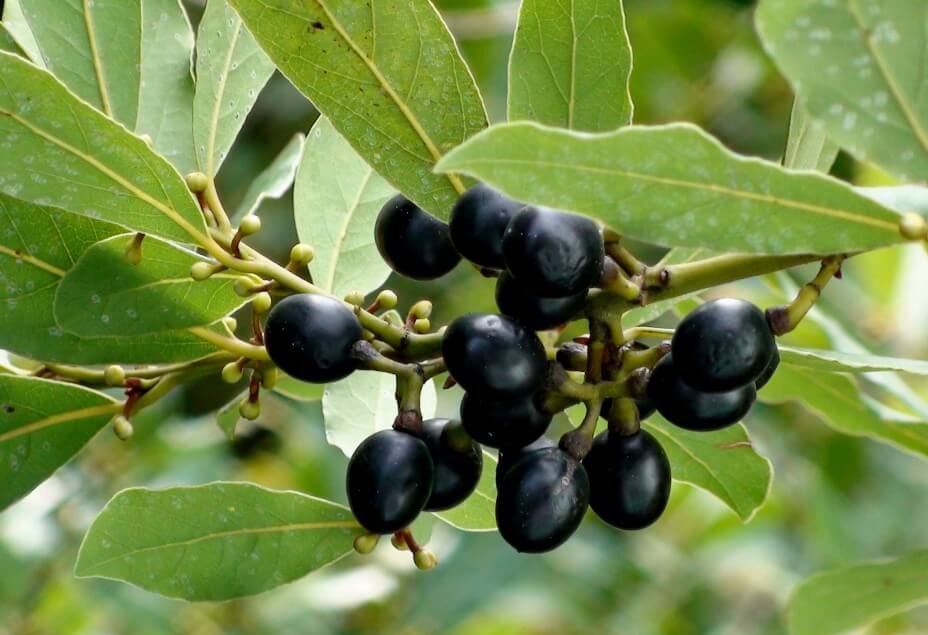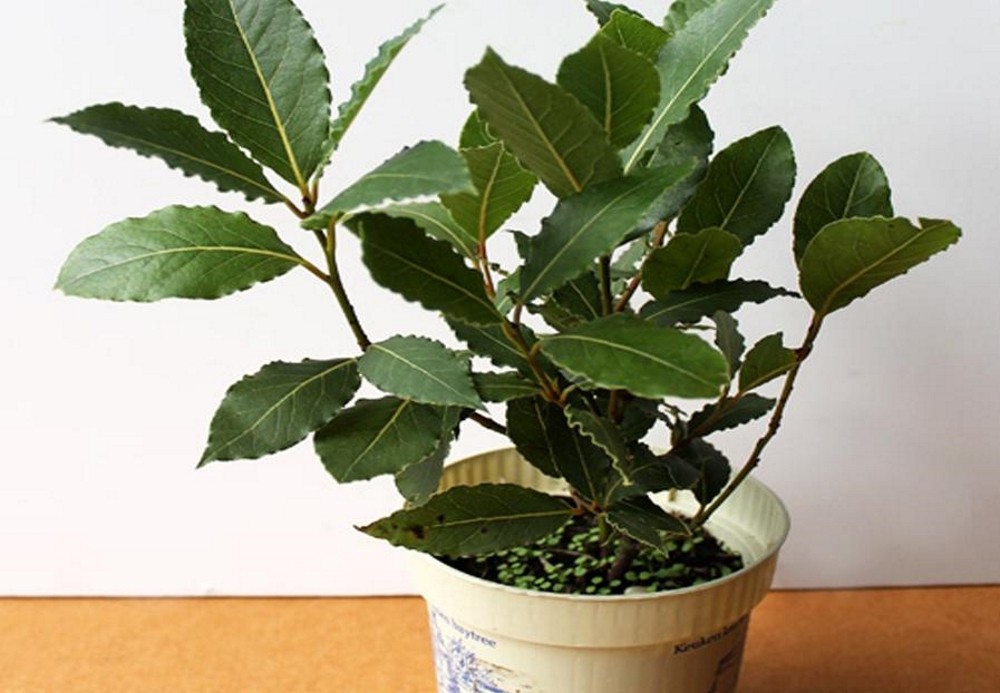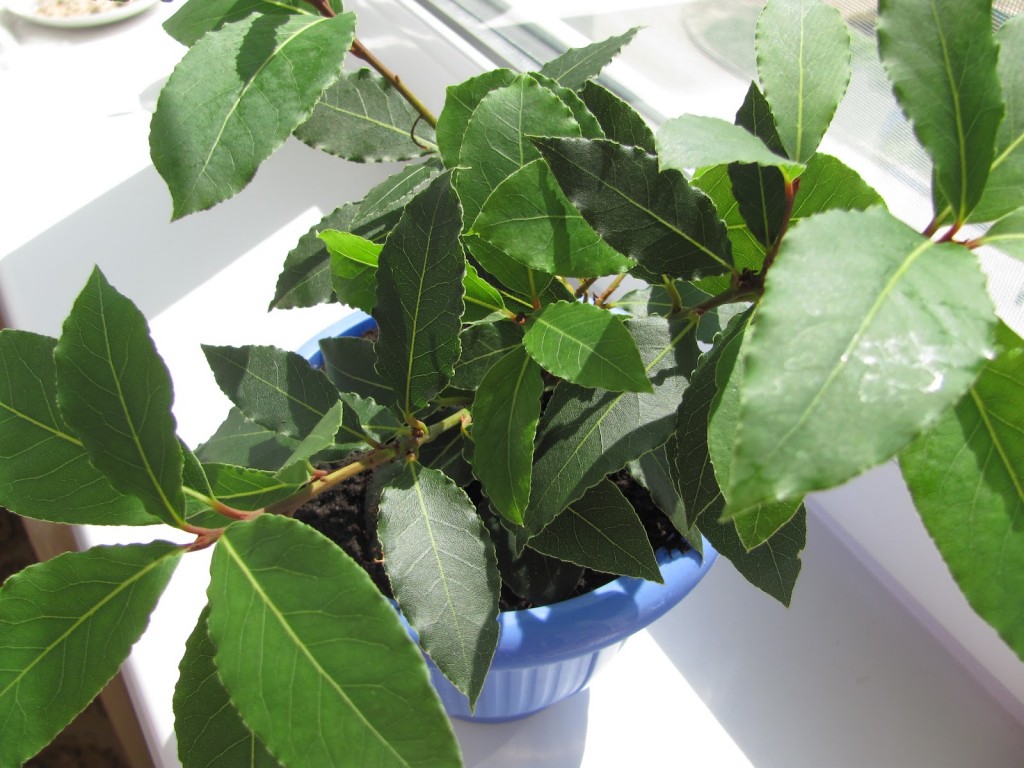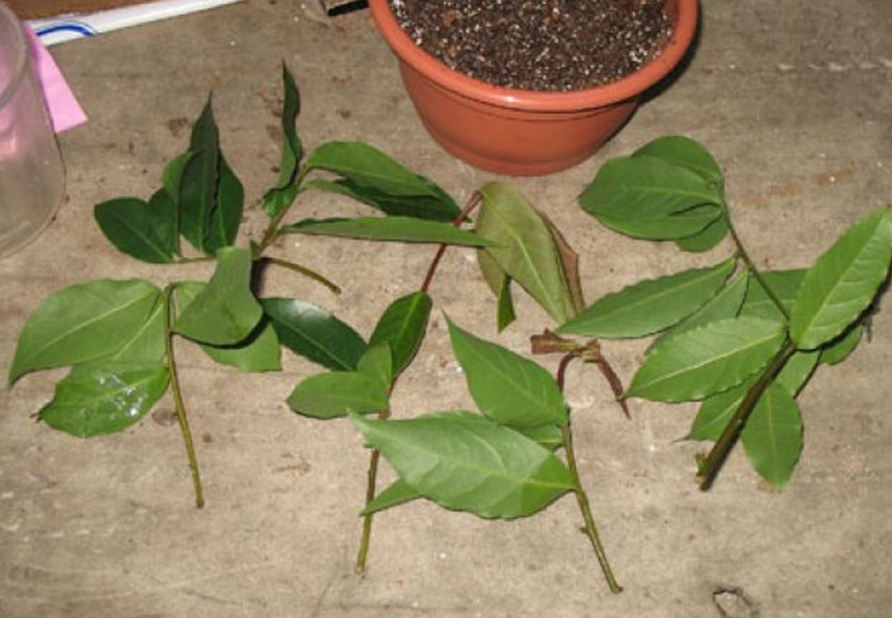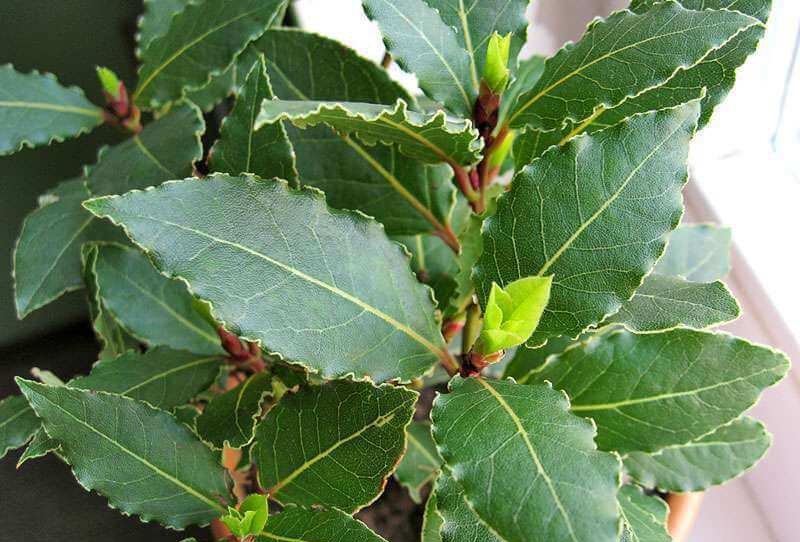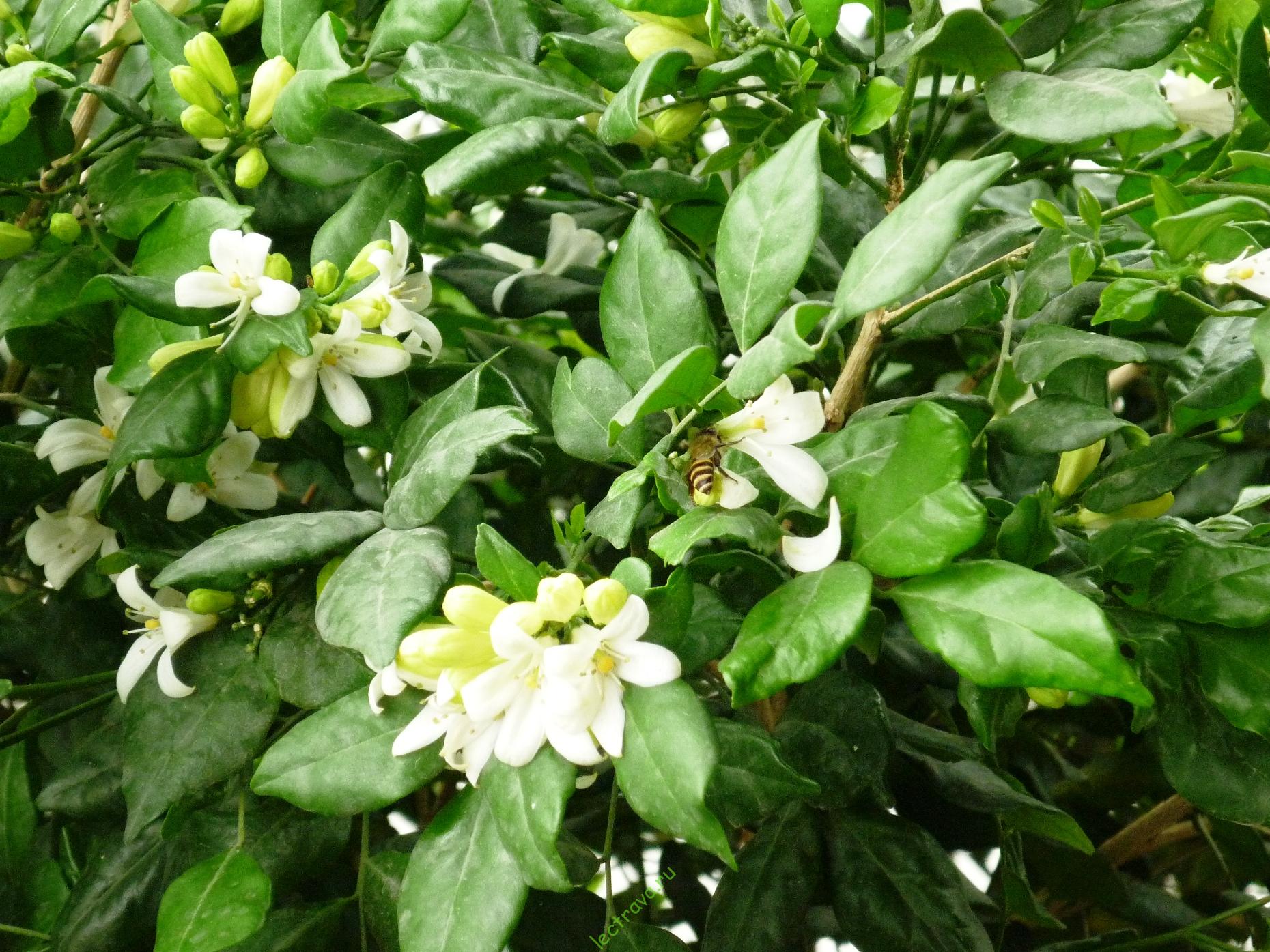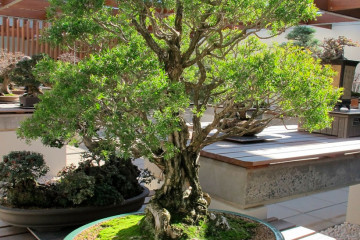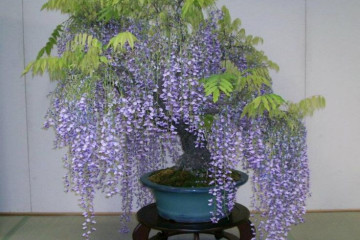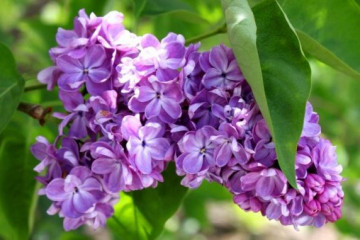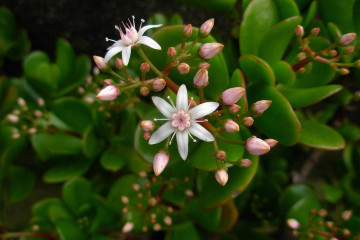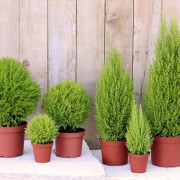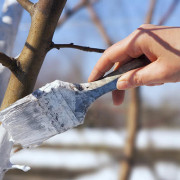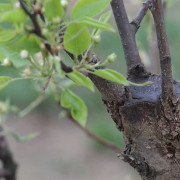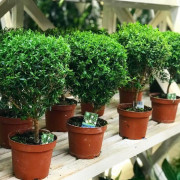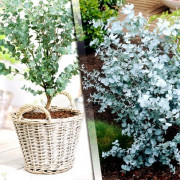Laurel tree - growing at home
Content:
The bay tree is an evergreen that can be grown in a pot at home. In the open ground, majestic trees and bushes are found in the gardens of the south of Krasnodar, in the Crimea. However, flower growers can grow such a tree in their country house. Shrub leaves have long been considered symbols of greatness and strength.
Origin
Laurel noble originated from the genus of evergreen plants of the Laurel family. Since ancient times, lavrushka has been grown in most subtropical countries. Even then, it was known what benefits the seeds, leaves and fruits of laurel brought.
The plant was brought from the Mediterranean. There are cases when the laurel lived for about a hundred years and had a height of ten meters.
Description of the plant
There are three types:
- Camphor, it produces camphor oil,
- Noble,
- Azores.
The content of essential oils in the tree is from 3.5 to 6%. The tree has a dense crown that can look like a powerful pyramid. In nature, laurel continues to grow actively up to 25 meters in height. Foliage is hard and smooth.
When the plant begins to bloom during the spring, it becomes covered with inflorescences in the form of small milky umbrellas. The fruits ripen in the middle of autumn - they are blue-black drupes.
The life span of a laurel can exceed three hundred years. However, without proper care, he begins to run wild, dry out and loses the ability to reproduce.
Growing at home
A shoot from a bay leaf at home, as a rule, is taken of a noble appearance. It works great with other indoor plants. It can also be used as a seasoning for soups, dumplings, main courses.
Laurel grows well in a room, is unpretentious and does not require much effort to care for, but it can die if you forget about it.
Optimal location
Growing bay leaves at home should start with finding the best place. Most of all, the plant loves sunlight, although it will grow in the shade. However, then the process of growth and development will proceed much more slowly.
The tree is not afraid of temperature fluctuations.It tolerates both low and high temperatures. It feels best at slightly lower air readings, so the battery shutdown period is the most optimal for it. In winter, the pot should be placed on a windowsill, where there is access to light and a constant temperature of 12 degrees.
Landing
Laurel planting begins with the preparation of the mixture into which the plant will be planted.
You should take:
- One piece of sand and peat,
- Two pieces of leafy land
- Four parts are turfy.
The mixture is mixed until the components are completely homogeneous, then the plant can be planted. The soil is compacted and abundantly moistened after laurel planting.
The pot should be taken small. In the process of growth and development, laurel can be transplanted into a larger container.
The transplant is carried out once every three years, since the laurel grows at a moderate pace.
Reproduction
The laurel tree can reproduce in the following ways:
- With the help of a sprout cutting,
- Seeds,
- Roots.
The presence of offspring is also possible. When an adult laurel plant is transplanted, the offspring are separated and carefully planted in separate containers.
Layers
The shoots of the plant are very flexible, they can also be propagated by layering. To propagate them in this way, the low branches of the parent plant should be pruned during the winter.
This is done with the aim of the emergence of new, younger, stronger shoots in the spring. The soil from which the layers will subsequently be taken should be prepared: the earth, peat fertilizer and gravel are mixed for drainage in equal proportions. The shoots that are ripe are assigned for the summer period.
Each shoot is placed in a special groove of the prepared soil, then it is covered and the earth is compacted. The bay leaf will harden over the course of two to three months, so the soil should be moistened equally throughout this period.
As soon as the strengthening has taken place, it is necessary to rake the ground between the layer and the parent bush. After a month, pinch the cone of the growing layer and carefully remove it. The rhizome must be well developed. It is important to protect young growth from frost and dryness by covering it with straw or fabric material.
Cuttings
Cuttings are strictly selected. They should have three to four internodes. Before planting, they should be fed by dipping them into the Kornevin solution, then they will root well. After they are lowered into a container of water, where they are located until the roots appear.
The addition of laurel cuttings is carried out after the appearance of the roots immediately into a mixture of sand, peat and leafy earth. Then the soil is well moistened, and the plant is covered with a transparent cap.
The most active breeding season for laurel is spring.
Growing from seeds
To propagate laurel by seed, you need to be patient and acquire some skills.
Sowing begins in early spring in light soil, the seeds are laid out to a depth of one and a half centimeters. The first germination of seeds, as a rule, occurs only after two months.
The emerging sprouts may not take root. Out of 100 percent of cases, only half can survive. Often, special hormonal drugs are used to increase this percentage. With them, the process of formation and formation of the root system is accelerated.
Outdoor tree care
Laurel noble calmly endures dry times. However, in times of heat, one should not forget about watering and spraying the tree.
Watering scheme by seasons:
- Summer - once a week,
- Winter - up to twice a month,
- If the young are in a greenhouse or a cold house (the air temperature is up to +5 degrees), then spraying occurs only with warm water.
Pruning is an important part of the care of a laurel tree. It is carried out in the autumn. Since the crown is incredibly thick, it can be given absolutely any shape during the cutting process.
Laurel noble requires careful care of pests. Most often, it is the leaves that are affected by the scale insect. A light, sticky coating can be seen that glistens in the sun. At the same time, the tree seems to include a protective function and begins to release essential oils.
First, the lower part of the foliage is examined, since it is it that dangerous pests inhabit. When spraying a tree, tilt it slightly to the side to avoid the ingress of chemicals onto the ground.
Diseases in laurel, as a rule, occur due to improper care of it. When the foliage begins to turn yellow and dry out, the air means it has become too dry. Also, foliage may begin to curl - this also speaks of the reason for the intense heat and lack of moisture.
Watering mode
Laurel flowers are very fond of when they are sprayed from a spray bottle. The tree also welcomes the presence of humid air - so it is easier for it to get rid of the dust that has covered the foliage. It is a good idea to shower the plant once a week - it helps to protect the laurel from many small pests, such as spider mites.
As far as watering is concerned, he shouldn't be overly zealous. The tree does not like too wet soil. But you should not bring it to dryness of the soil.
In winter, watering should be moderate - two to three times a week. If it is possible to reduce the heat flow in the batteries, do so. It is important to monitor so that rhizome decay does not begin.
Top dressing
Before feeding, the following conditions are met:
- The earth must pass air and water well, so you can loosen it,
- Fertilizers must be organic, mineral. In spring and summer, the soil is fertilized once every 2 weeks, in autumn, in winter - once a month.
It is necessary to feed the tree in early February, when the laurel begins to grow actively. The moment of rest comes in October.
With the correct fertilization procedure, the plant begins to actively bloom and multiply by seeds.
The leaves on the tree change once every four years. To make a spicy seasoning from them, the collection begins in mid-autumn and continues until the first frost. The leaves are also stored for four years.
If the tree is frozen over the winter, then the foliage will not be as bright and colorful for the next season. The collection usually involves the leaves of mature trees that are already three years old.
They are cut immediately with young shoots. The drying process takes place naturally in the shade: the branches are laid out close to each other. The leaves dry out quickly enough, within one week. They are then packaged for storage in paper bags or containers.A prerequisite is the collection of leaves only in dry weather.
Laurel noble - a tree of incredible beauty and benefits. If you learn how to properly care for it, then it will delight its owners all year round with bright green foliage, in summer it will be covered with beautiful flowers.
